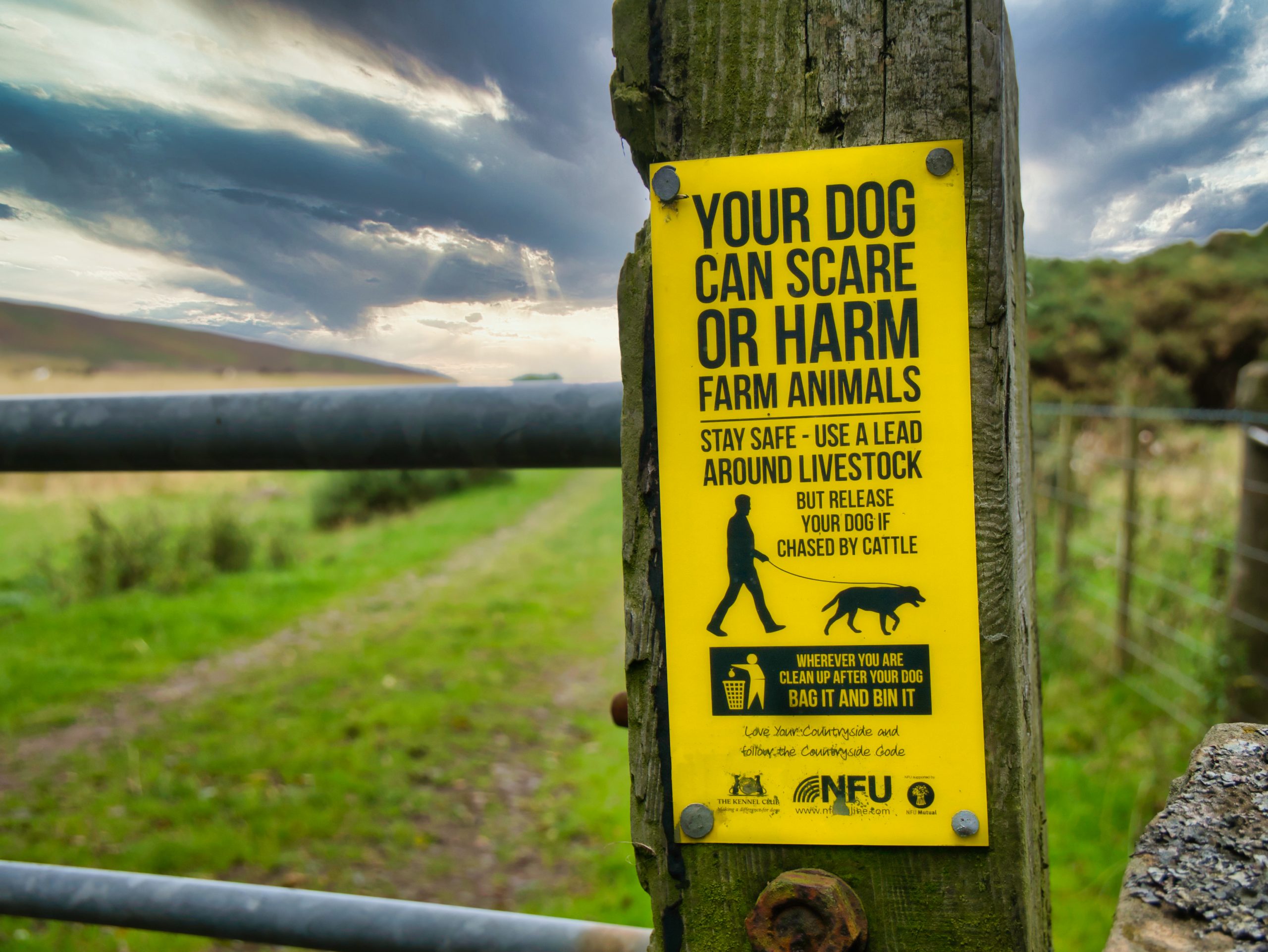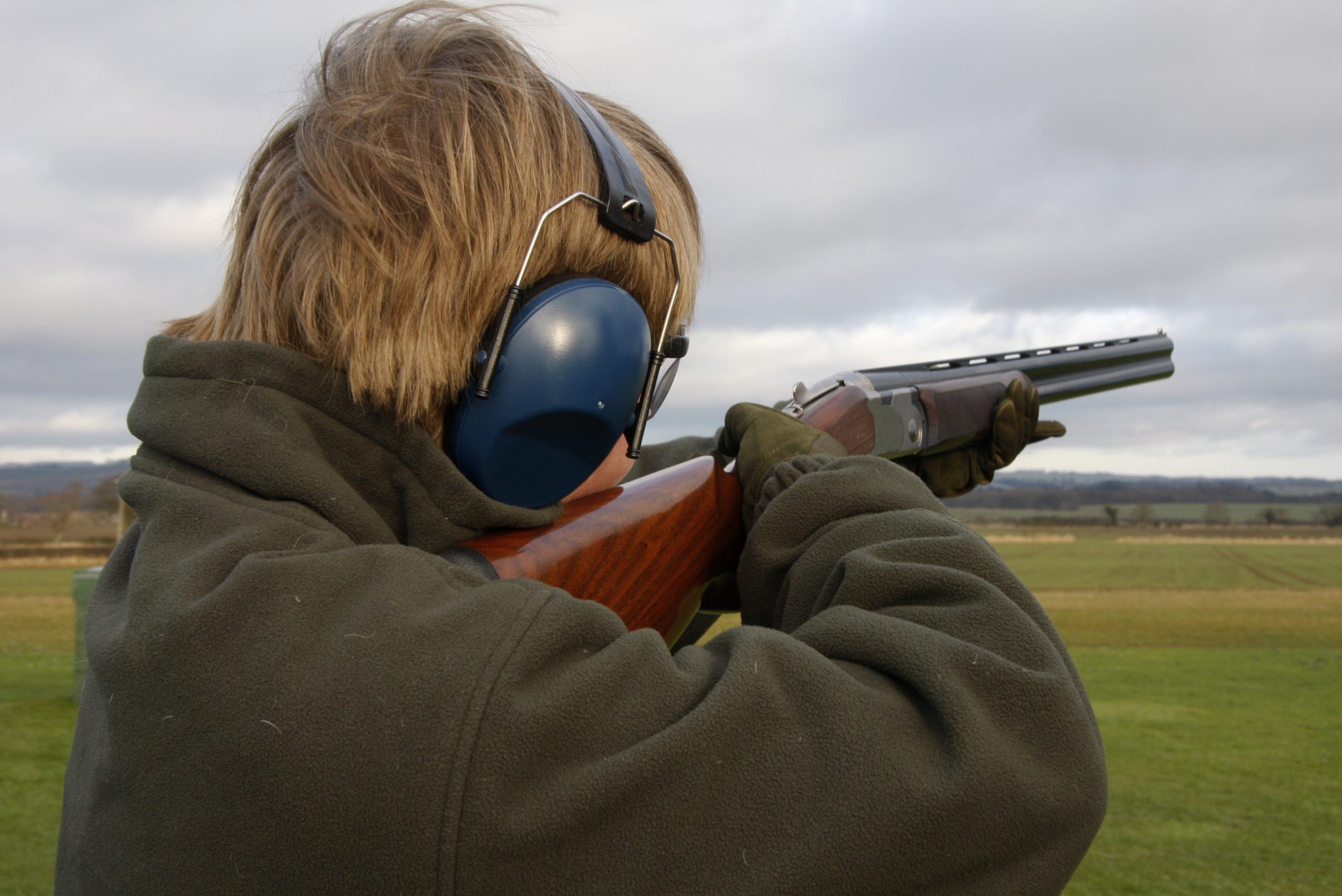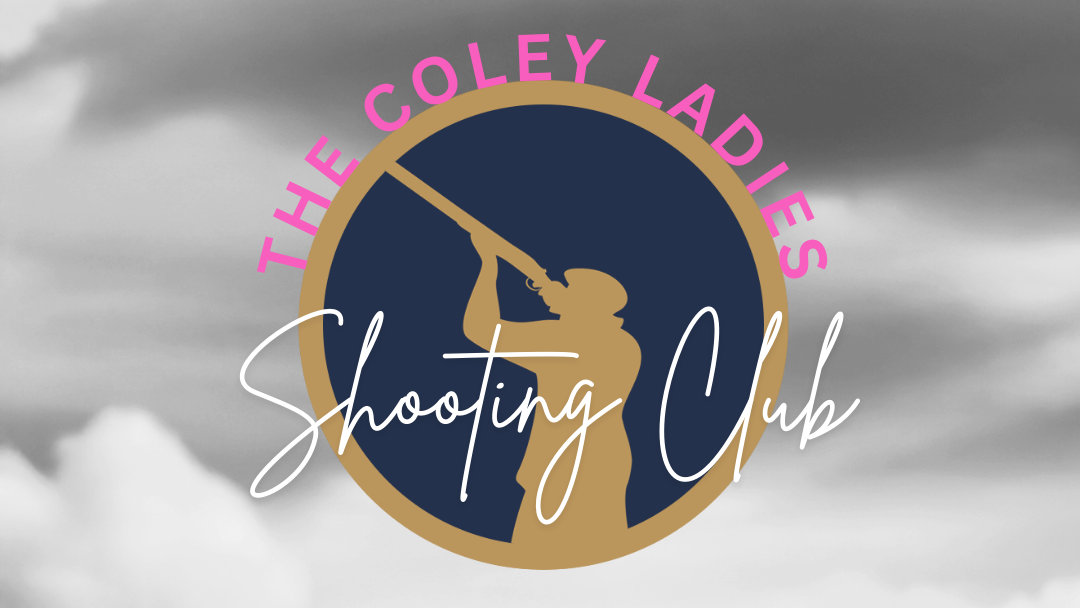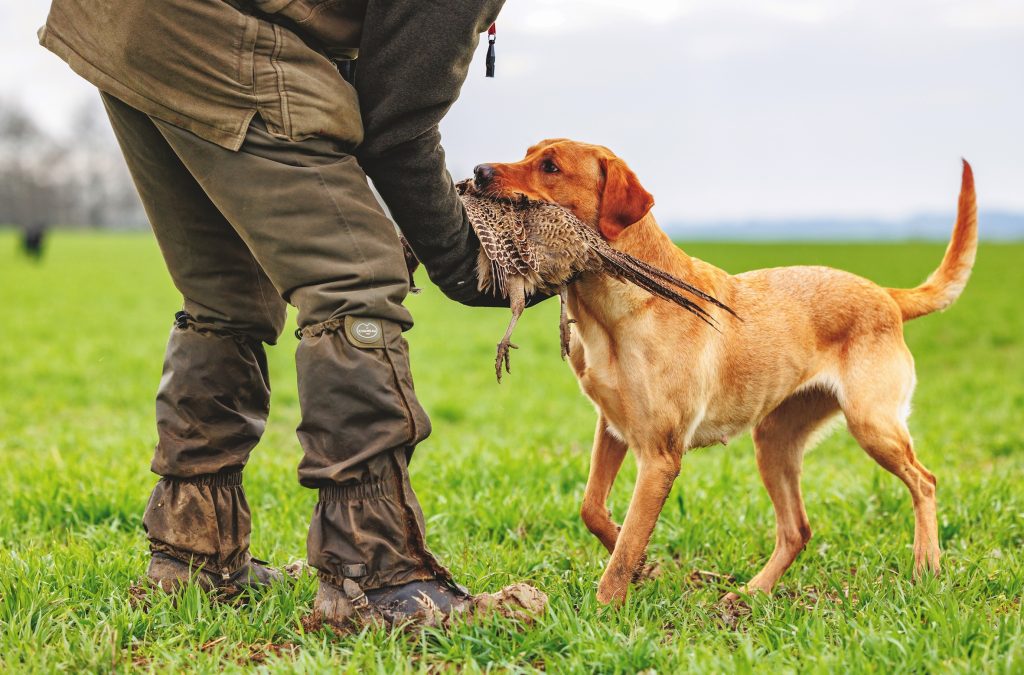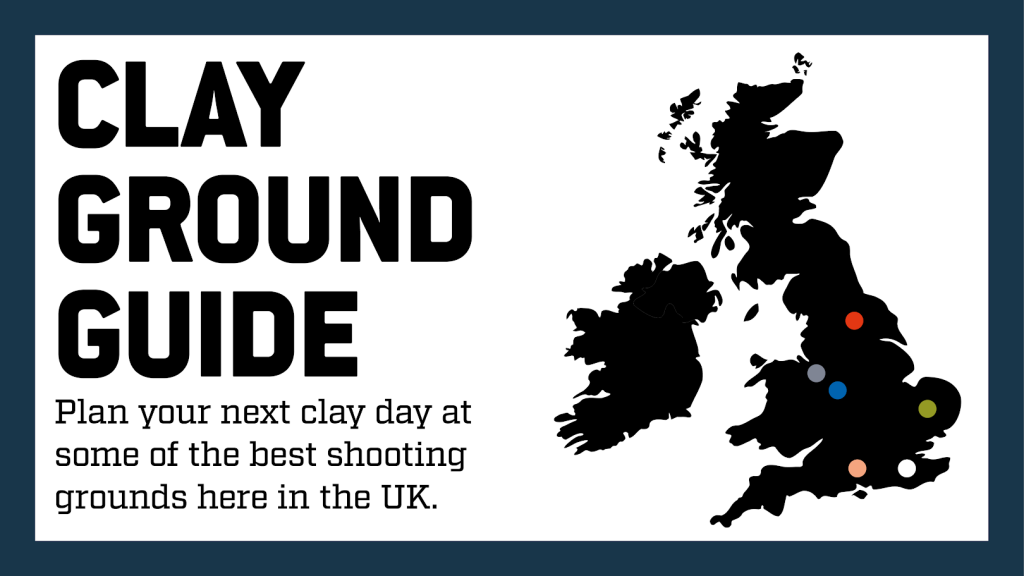How to shoot pheasants – with Richard Faulds
Most of us would love to achieve that stereotypical cockbird shot on a cold, crisp morning, the bird folding neatly with its head back before tumbling gracefully down to earth. However, that screamer you brought down – which at lunch will be described to others as a 45-yarder and will quite often become a 55-yarder by dinner – may well have been significantly closer than you thought.
I would say that the majority of pheasants shot in this country are at a range of no more than 30 yards. People can often think that birds are much further out than they really are – not that you should enjoy your shooting any less for that fact.
Generally speaking, it’s not as acceptable to shoot pheasants in the same way that you would shoot traditional partridges. If you get a partridge flying down a hedgerow 20 feet above a hedge with sky behind it, it’s generally deemed to be fair game, but the same doesn’t apply if it’s a pheasant, especially a hen bird.
If you ever half-heartedly put your gun up at a pheasant, don’t pull the trigger – half-heartedness occurs because you know it’s either unsafe or unsporting. There are plenty of clips on the internet of what constitutes too low a pheasant, so don’t let yourself fall into that category. It’s not unusual to find yourself stood in a wood where snap shooting is the order of the day and the pheasants may be no higher than the tree tops. In this case, use the height of the trees to judge the range. What might look like a screamer may only be 30 yards away, and if you were stood out in the open that same bird would look much lower. Quite often people will shoot a pheasant in a ride drive that they might not even put their gun up to if they were out in the open.
There is very little time for footwork changes if you’re snap shooting, so place yourself on ground where you are best able to move quickly. Be careful not to miss-mount the gun if it’s cold and you have several layers on to keep warm. If weather permits, it may be worth shedding a layer or two for the duration of the drive to allow for greater movement and better gun mount.
The same rules apply as for partridges; go straight to the bird, pull off the beak and pull the trigger. The chances are that you won’t have time to use swing through, and even if you do, chances are you will end up getting crossed up and come close to losing your balance. If you can, try to practise this technique before the season begins.
Be aware that a bird ‘cocking up’ and flapping its wings like hell to get up through the trees is NOT something you should be shooting at. If you are on a drive where the birds are really not climbing very well, it makes sense to shoot your neighbour’s birds and vice versa, which can turn simple slaughterhouse shots into something far more sporting that you will remember for all the right reasons.
While on the peg, it can be an interesting challenge to sometimes land a bird at your own feet. It makes for a harder shot, so you need to shoot it fifteen or twenty yards further out in front of you. If you are doing this then select your bird and don’t dawdle: swing through, come off the nose and bang! Watch it fall…
Shot selection on driven pheasant days is far easier than when tackling partridges as there won’t usually be as many in the air at one time, providing the keeper has his line under control. As for etiquette, you should stick to your own airspace, 45 degrees either side of you. It’s perfectly acceptable to shoot at your neighbour’s birds if they are unloaded or have missed a bird out in front, though there is a fine line between a good sporting shot over your neighbour and poaching a bird from the next Gun.
If a drive is quiet don’t get tempted to take on a low bird that flits through the line and goes away behind; pickers-up may be in your line of fire and it’s hardly what you’d call a sporting shot.
You should have plenty of time to select a good bird and get your footwork sorted to give yourself a solid, stable base. Come from behind, mount on the tail and swing through: job done. If a cock and a hen are flying together at similar heights and speeds I would always choose the cock, unless the hen is a more challenging shot.
For traditional early- to mid-season pheasants I would always recommend half and half choke, through which I would shoot 30g of number 6, which is more than enough to kill effectively and reliably out to 45 yards. Use this combination and you can be assured that if you miss it’s your fault and not the gun/cartridge combination.
Bearing in mind the ranges you will be shooting at, i.e. between 25 and 35/40 yards, nothing more than 30” barrels are necessary. Although I choose to shoot pheasants with a Sporting over-and-under (because I like the weight and stability it affords), the choice is yours, depending on your preference.
Mid-range pheasants can be shot with smaller gauges and a 20-bore or even a 28 can be very effective in the right hands. But don’t go too light on the cartridge load, as you risk wounding if you do so. Similarly, don’t try to be a hero by taking on decent pheasants with a .410 shooting a tiny load of shot; people who can do this effectively and reliably are few and far between.
There are few better ways to spend a winter’s day than shooting pheasants with friends. Try to remember as many of your shots as you can, for the season will be over all too soon and those memories will be what tides you over through the spring and summer, till at last you and your friends once again gather in a yard full of excited spaniels and labradors, ready for the off!

